Air pruning pot is circular in shape with a perforated sidewall. It is a recyclable, reusable plastic container that actively enhances the quality of the root systems of plants. There are no flat surfaces due to the inward and outward pointed cones, This hepls plants and trees produces fabulous, non-spiraling root systems that are impossible to develop in any other available container.
Air pruning pot's base and wall are separated, so it needs a simple self-assembling, we will provide enough screw for free.
If you are growing plants that bear fruit in the soil, like potato, carrot, you can easily take the fruits out after the wall taken off without any damage.

 英语
英语 俄语
俄语 德语
德语 西班牙语
西班牙语 法语
法语


 Innovation Team
Innovation Team Patented Technology
Patented Technology Quality Assurance
Quality Assurance Efficient Response
Efficient Response.jpg)
.png)
.jpg)
.png)
.jpg)
.jpg)
.jpg)
.png)
.png)

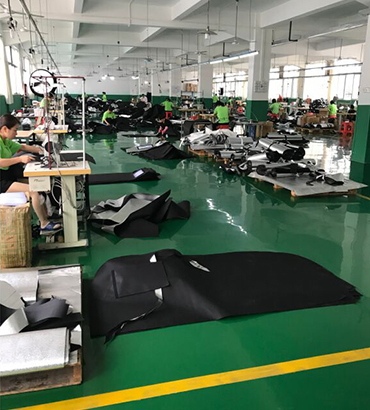
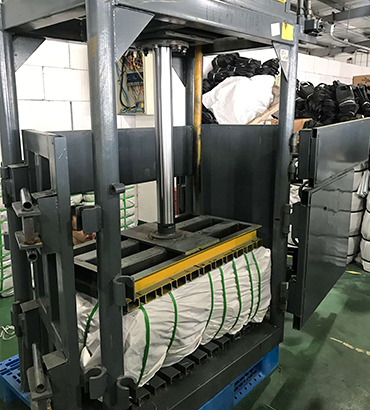
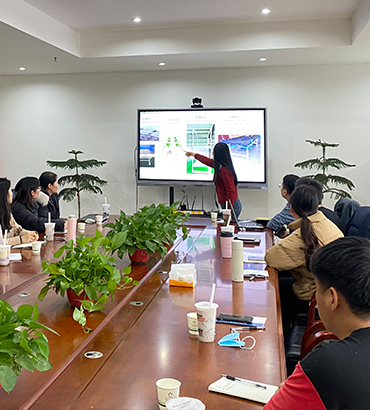
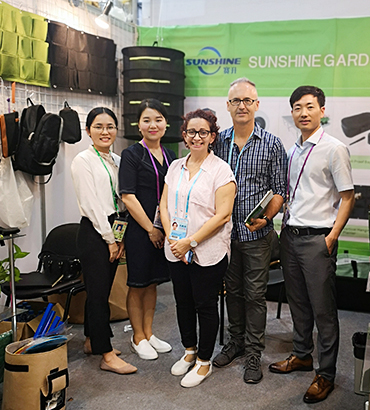
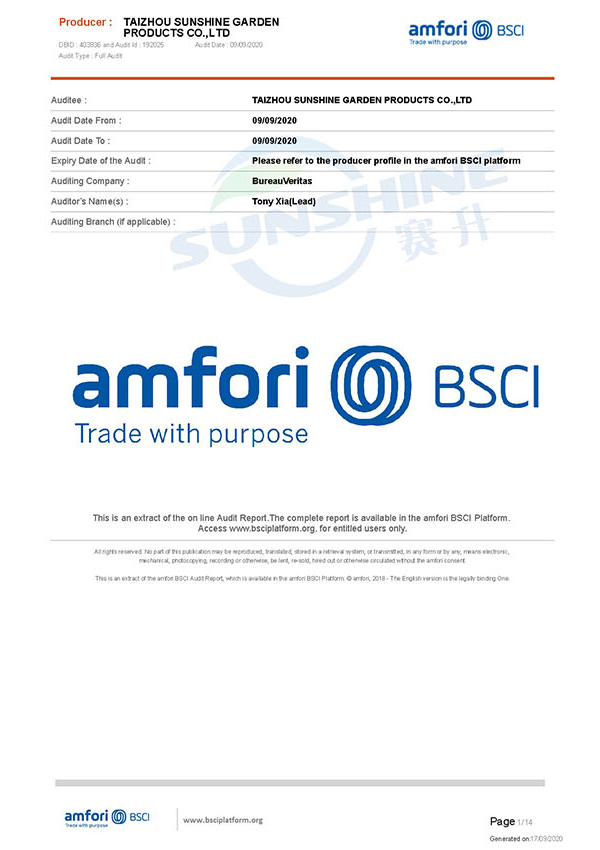
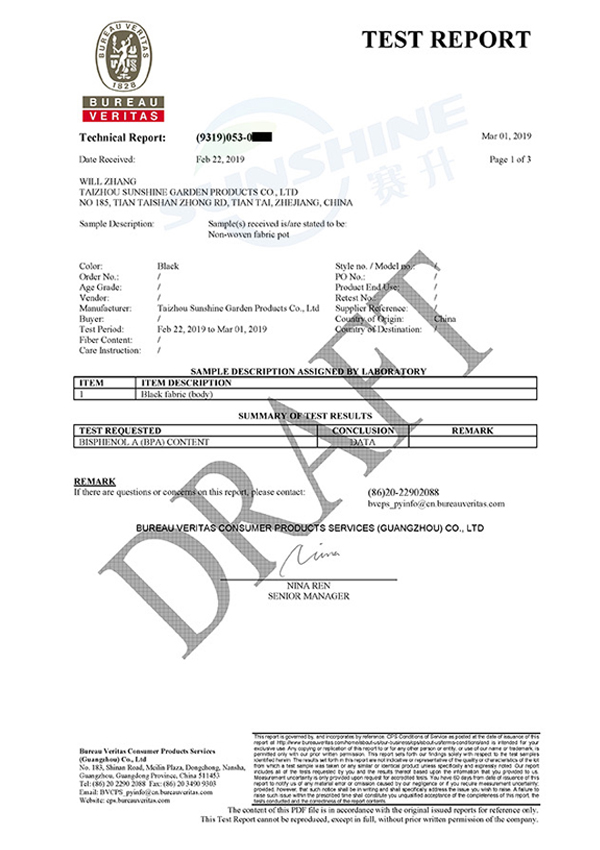
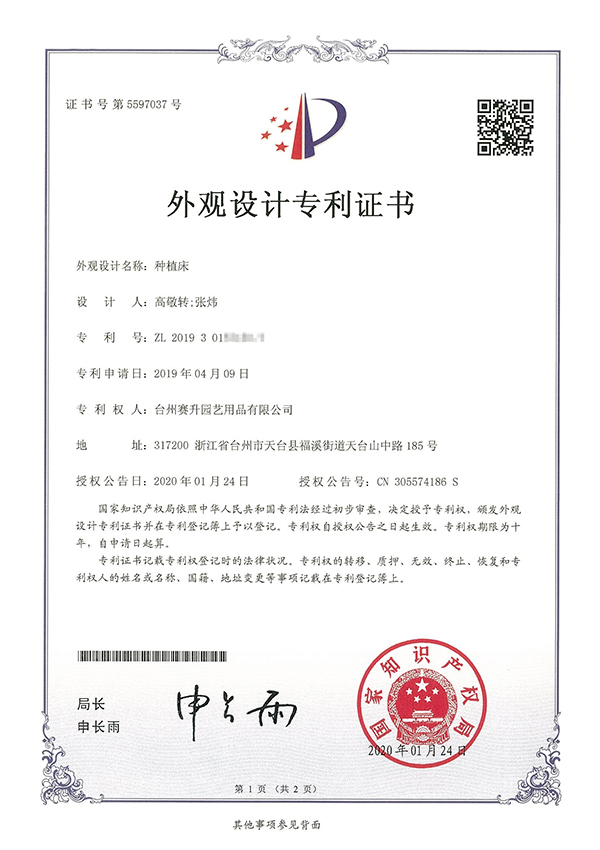
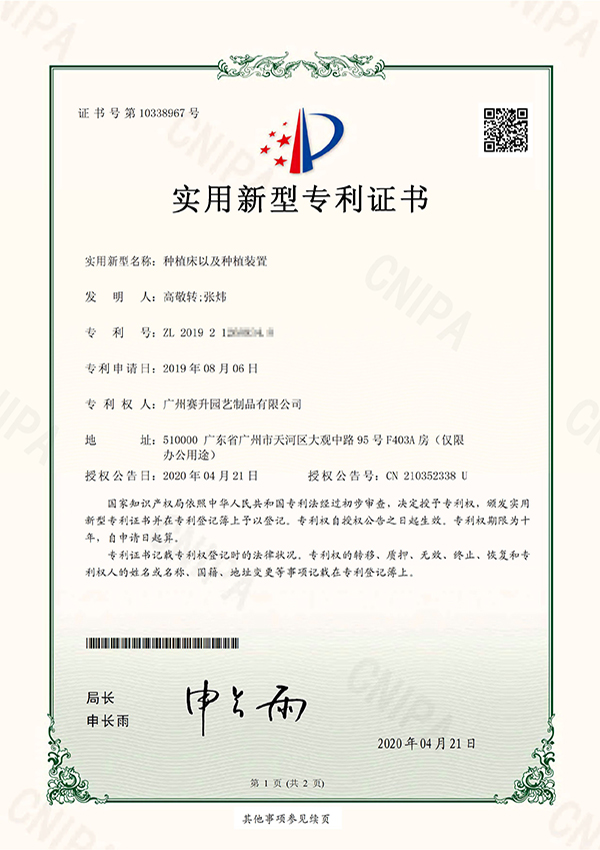
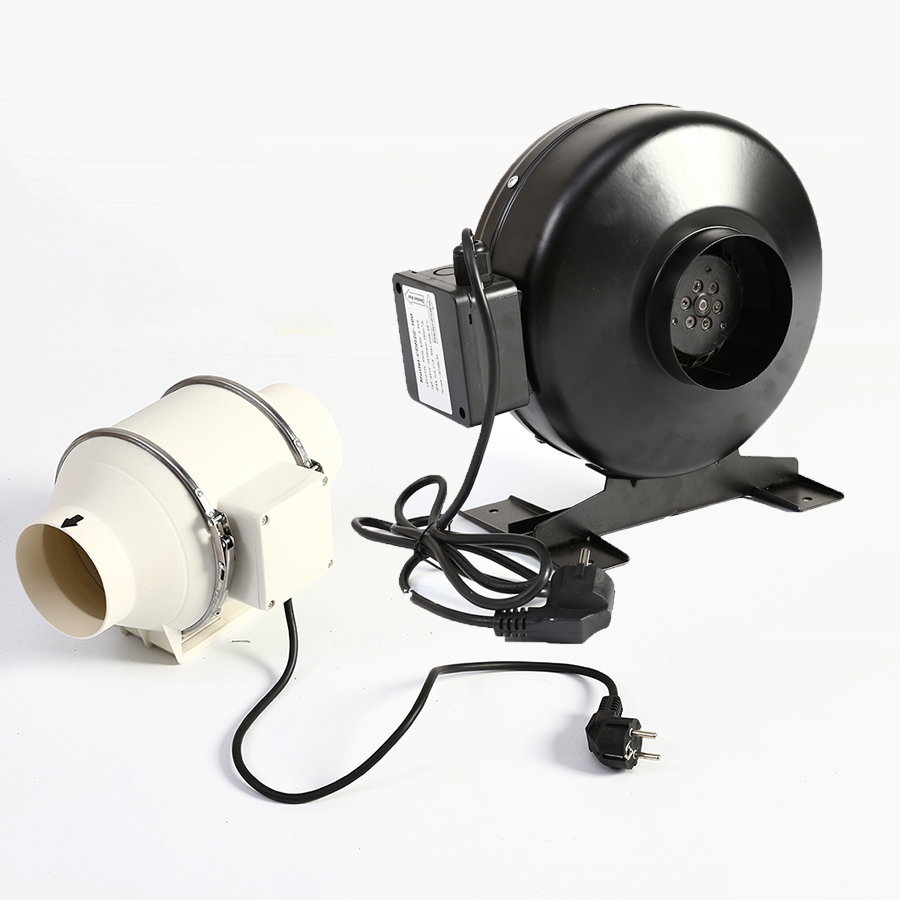
-1.jpg)
.jpg)
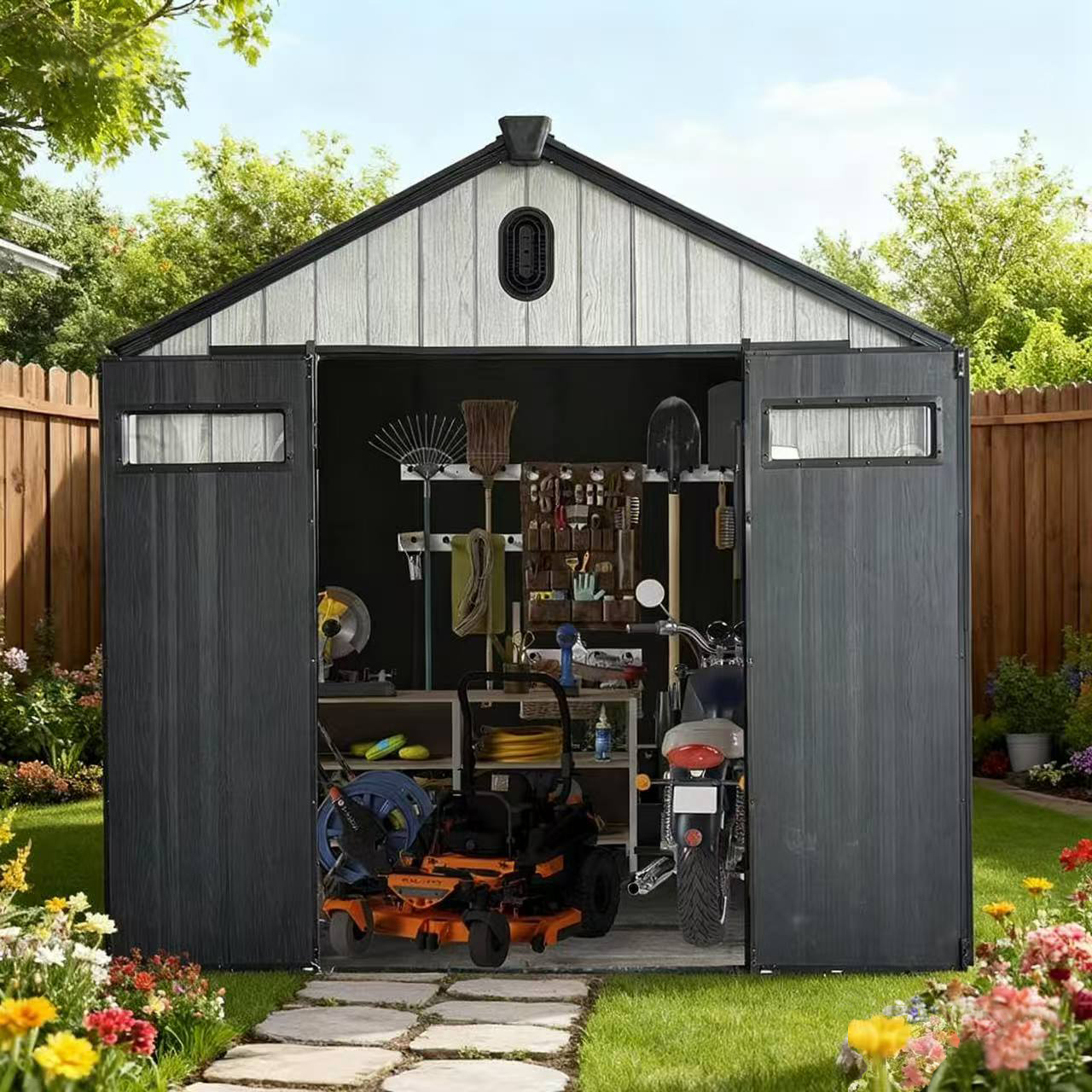
.jpg?imageView2/2/w/800/h/800/format/webp/q/75)
.png?imageView2/2/w/800/h/800/format/webp/q/75)

